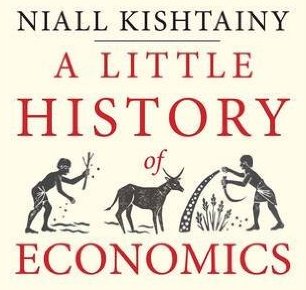
Canterbery wrote of how Greenspan, as the most influential Cheerleader of the “New Economy,” helped to hype the American stock market into a giant bubble destined to burst.

He is an elected member of the New York Academy of Sciences.Ĭanterbery was one of the earliest critics of Alan Greenspan's monetary policy. selected E Ray Canterbery for their Hall of Fame Economist Baseball Cards for “significant contributions to the economics discipline,” including “developing one of the first complete mathematical theories of foreign exchange a new theory of the labor market and of personal incomes (vita theory), which later was integrated into international trade theory independently of Pasinetti, developing a production model of the total value added required in both labor and profits, proving also that profit margins equal price markups several policy ideas that have become real world economic policies.”Īctive in many economics associations, Canterbery served as President of the Eastern Economics Association in 1986–1987 and President of the International Trade and Finance Association in 1998–1999. Readership: Undergraduate and foundation level students, and laymen.

The Jazz Age: Aftermath of War and Prelude to Depression.

Thorstein Veblen Takes on the American Captains of Industry.The Cold Water of Poverty and the Heat of John Stuart Mill's Passions.Bentham and Malthus: The Hedonist and the “Pastor”.Feudalism and the Evolution of Economic Society.Readers will dismiss “dismal” from the science.Ĭhapter 1: Feudalism and the Evolution of Economic Society (310 KB)Ĭhapter 2: Adam Smith's Great Vision (396 KB)Ĭhapter 3: Bentham and Malthus: the Hedonist and the Pastor (279 KB) Often humorous, Canterbery's easy style will make the student's first foray into economics lively and relevant. The second edition is right up-to-date with a lively discussion of the economic crises of 2007–2010. Magically, the author links Adam Smith to Isaac Newton's idea of an orderly universe, F Scott Fitzgerald's The Great Gatsby to Thorstein Veblen, John Steinbeck's Grapes of Wrath to the Great Depression, and Tom Wolfe's The Bonfire of the Vanities to Reaganomics. Understanding the economists' visions - lucidly and vividly unveiled by Canterbery - allows readers to place economics within a broader community of ideas.

Blending past and present, this brief history of economics is the perfect book for introducing students to the field.Ī Brief History of Economics illustrates how the ideas of the great economists not only influenced societies but were themselves shaped by their cultural milieu.


 0 kommentar(er)
0 kommentar(er)
